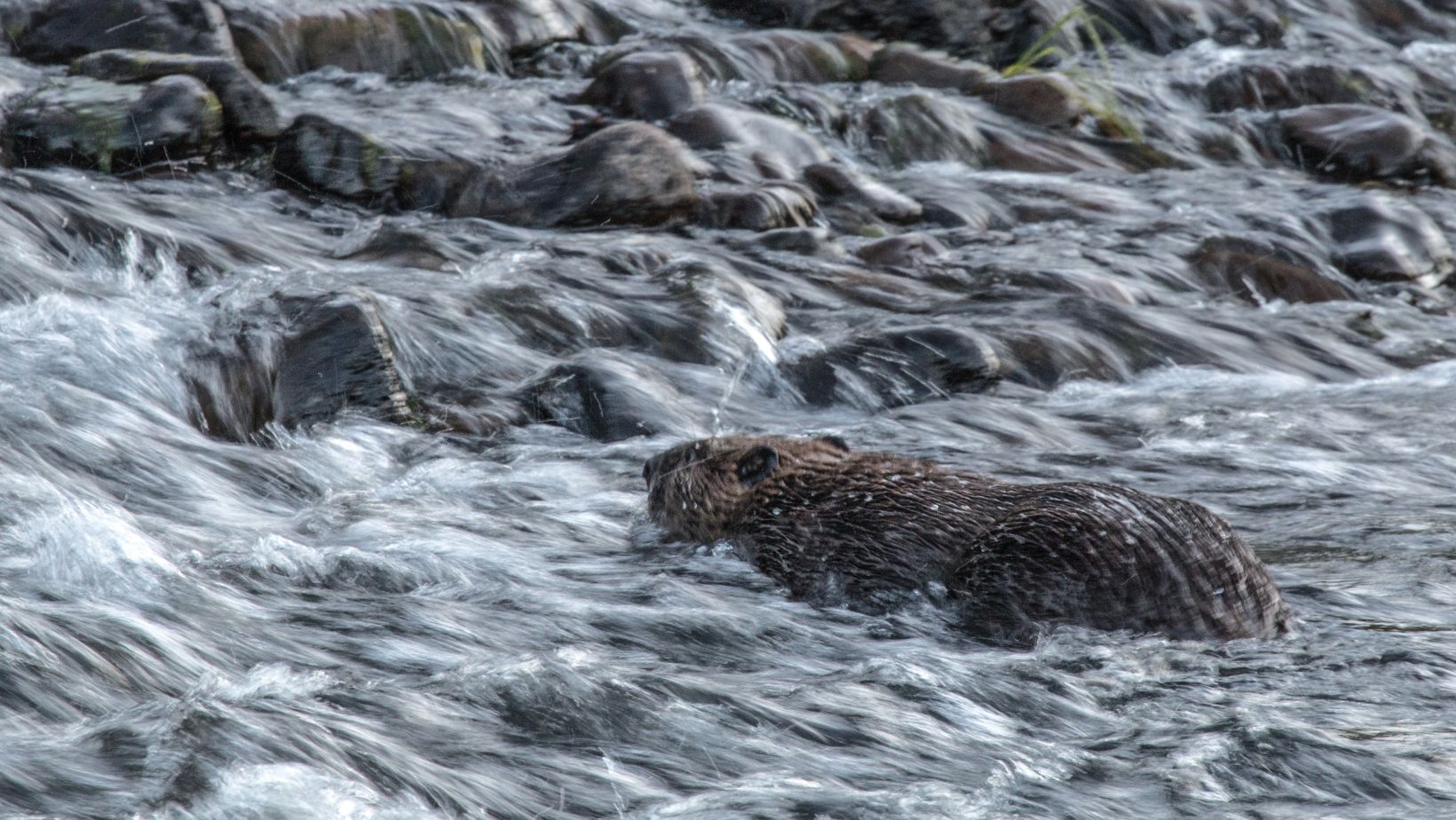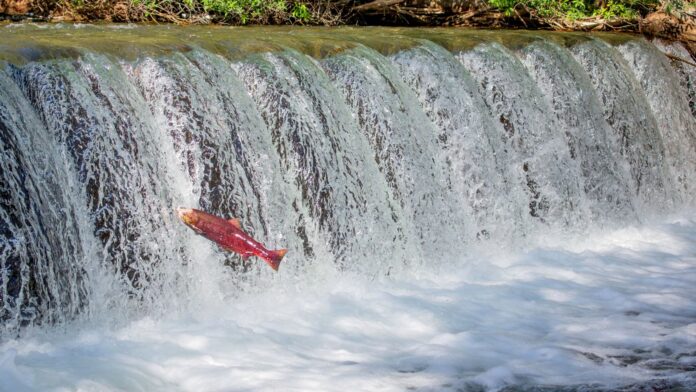You are Traveling Upstream on a River. you see a Green Square Daymark. What Should You do
Navigating the waterways can be a daunting task, especially if you’re not familiar with the various signs and markers. As an experienced sailor, I’ve learned the importance of understanding these navigational aids. One such aid you might encounter while traveling upstream on a river is a green square daymark.
You might be wondering, what should I do when I see a green square daymark? It’s a common question among novice sailors and even some seasoned ones. These markers are crucial for safe navigation, and knowing how to respond to them can make your journey smoother and safer.
A green square daymark is a specific type of navigational aid, designed to guide vessels and prevent accidents. It’s part of a system that’s been in place for years, helping sailors navigate waterways across the globe. Let’s delve into what this marker means and how you should react when you encounter one during your upstream journey.
Understanding River Navigation
Navigating rivers might seem like a straightforward task to those unfamiliar with boating, but it’s not. There’s a lot more to it than simply heading up or downstream. Safe and effective navigation involves understanding various navigational aids, particularly daymarks.
The Importance of Daymarks
A critical aspect of safe river navigation is understanding daymarks, such as the green square daymark. Daymarks are signs placed at fixed locations and play a crucial role in helping mariners avoid dangerous areas or navigate through safe channels when they’re traveling in a river, sea, or any other body of water.
Daymarks are like the traffic signs of waterways – they tell sailors exactly what they need to know about the water and potential hazards. They’ve been in use for so long that their importance in ensuring safer journeys can’t be underestimated.
When you see a daymark – be it a green square one, a red triangular one, or any other type – you should know exactly what it means and how to respond. This is vital for maintaining your safety and those on board your vessel.
Types of Daymarks
There are various daymarks used in waterways around the globe, each carrying a different message for the viewer. Here are a handful of the most common ones:
- Green Square Daymark: This signifies the right side (starboard) of the channel when you’re heading upstream. Key rule to remember: “Green to right when returning from sea.”
- Red Triangle Daymark: Tells you that you’re on the left side (port) of the channel when going upstream. Remember: “Red right returning.”
- Non-lateral Daymarks: They provide information other than the sides of channels, like speed limits or general caution areas.

Spotting the Green Square Daymark
While navigating a river, spotting a daymark can be as crucial as spotting a traffic sign on a highway. One daymark you should particularly look out for is the green square daymark. Just like other traffic navigation systems, the sight of a green square tells you something. But, what does it mean? Let’s decode it.
Identifying a Green Square Daymark
Basically, when you’re moving upstream and encounter a green square daymark, remember that it’s not just a decoration. It indicates the left-hand side of the channel as you move upstream. In the complex visual language of marine navigation, each color, shape and overall design holds significant meaning.
Specifically, this green square daymark has two essential parts. The green color hints at its position according to the green-red system. It’s like saying, “Hey, stick to my side for a safer journey”. Notably, it’ll have topmark shapes, which can be either a square or a two-cone shape pointing upwards.
Possible Meanings of a Green Square Daymark
While the green square daymark universally signals the left side of the channel, it can denote other meanings as factored by the region or water body. You’d often notice a letter or number on it. These figures are not random – they can reveal the sequence of lateral marks or provide details about the specific channel you’re sailing through.
In the United States, the U.S. Aids to Navigation System (USATONS) marks the right side of the channel in green. So if you’re traveling upstream on a river in the U.S. and you see a green square daymark on your right-hand side, expect it to be safe to pass on that side.
Additionally, daymarks may provide information about phases of the tide and currents. Some daymarks may have additional symbols representing light flashes, indicating that it’s also a lighted aid.
Learning about daymarks equips you for every waterway. After all, safe navigation is not a destination but a journey – a journey that’s a little bit easier with the guiding signs of daymarks.


